Rising Urbanization
The rapid urbanization in South Korea is a crucial driver for the in building-wireless market. As more people migrate to urban areas, the demand for reliable wireless connectivity within buildings increases. Urban centers are becoming densely populated, leading to a surge in the construction of high-rise buildings and commercial complexes. This trend necessitates advanced wireless solutions to ensure seamless connectivity for residents and businesses alike. According to recent data, urban areas in South Korea are expected to grow by approximately 10% by 2030, further amplifying the need for robust in building-wireless infrastructure. The in building-wireless market must adapt to these changing dynamics to meet the connectivity demands of urban populations.
Expansion of 5G Networks
The ongoing expansion of 5G networks in South Korea is a pivotal driver for the in building-wireless market. As 5G technology becomes more widespread, it offers enhanced speed, lower latency, and greater capacity for wireless communication. This advancement is particularly beneficial for densely populated urban areas where traditional networks may struggle to meet demand. The in building-wireless market is poised to leverage the capabilities of 5G to provide superior connectivity solutions for both residential and commercial buildings. With projections indicating that 5G subscriptions in South Korea could reach 30 million by 2026, the market is likely to experience substantial growth as businesses and consumers seek to capitalize on the benefits of this next-generation technology.
Growing E-commerce Sector
The rapid growth of the e-commerce sector in South Korea is driving demand for enhanced wireless connectivity within buildings. As online shopping continues to gain popularity, businesses require reliable in building-wireless solutions to support their operations, including inventory management and customer service. The in building-wireless market is responding to this trend by providing advanced wireless systems that facilitate seamless communication and data transfer. Recent reports suggest that the e-commerce market in South Korea is expected to reach $100 billion by 2025, highlighting the need for robust wireless infrastructure to support this booming sector. This growth presents a significant opportunity for the in building-wireless market to expand its offerings and cater to the evolving needs of e-commerce businesses.
Increased Focus on Security
The heightened focus on security within buildings is emerging as a significant driver for the in building-wireless market. With the rise in cyber threats and the need for secure communication channels, businesses and property owners are investing in advanced wireless security solutions. The in building-wireless market is responding to this demand by offering robust wireless systems that ensure secure data transmission and protect sensitive information. Recent statistics indicate that security-related investments in South Korea are expected to increase by 20% over the next five years. This trend underscores the importance of integrating security features into wireless systems, thereby enhancing the overall appeal of in building-wireless solutions.
Integration of Smart Technologies
The integration of smart technologies within buildings is significantly influencing the in building-wireless market. As South Korea embraces the Internet of Things (IoT), the need for efficient wireless communication systems becomes paramount. Smart buildings equipped with IoT devices require reliable wireless networks to function optimally. This trend is evident in the increasing number of smart homes and commercial spaces, which are projected to grow by 15% annually. The in building-wireless market is likely to benefit from this shift, as businesses and homeowners seek advanced wireless solutions to support their smart technology ecosystems. Enhanced connectivity will enable better control and automation of various building systems, driving further growth in the market.


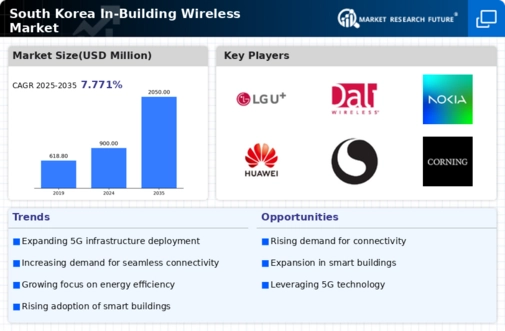
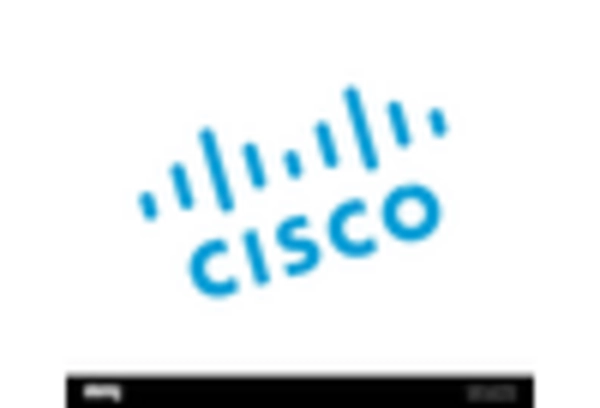
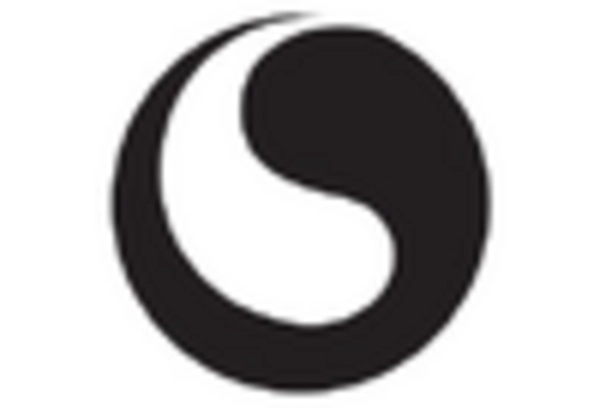
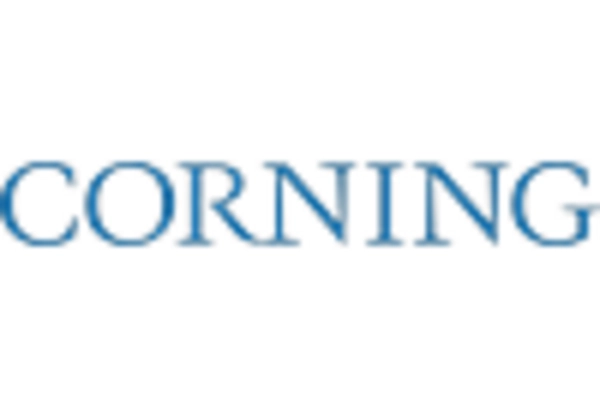
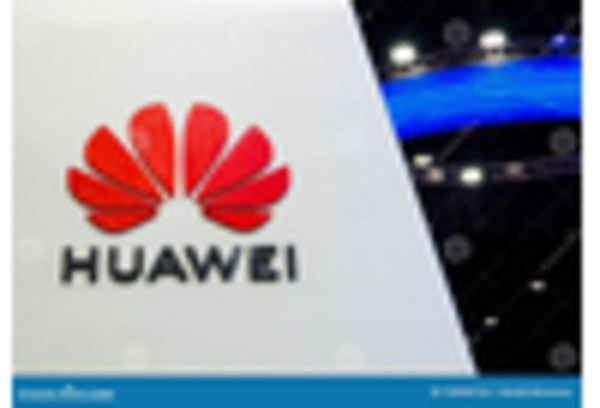
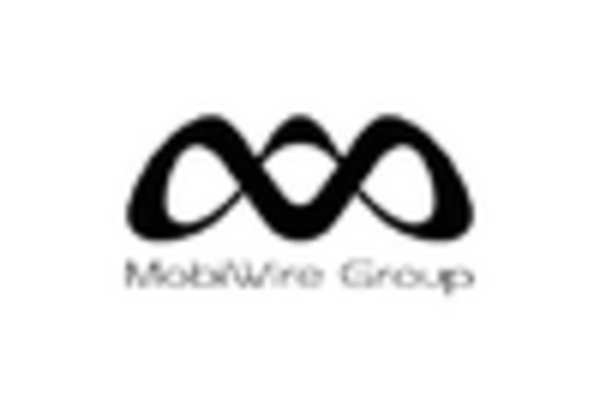
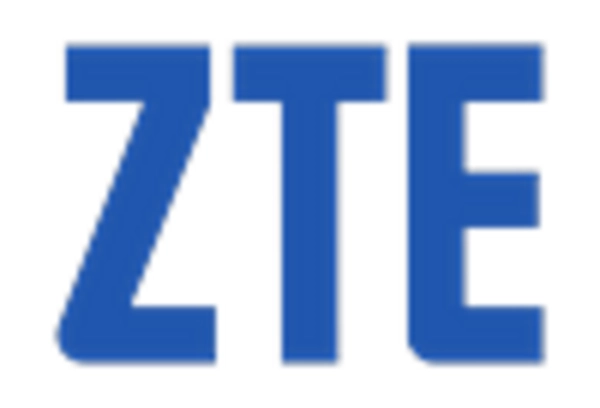








Leave a Comment